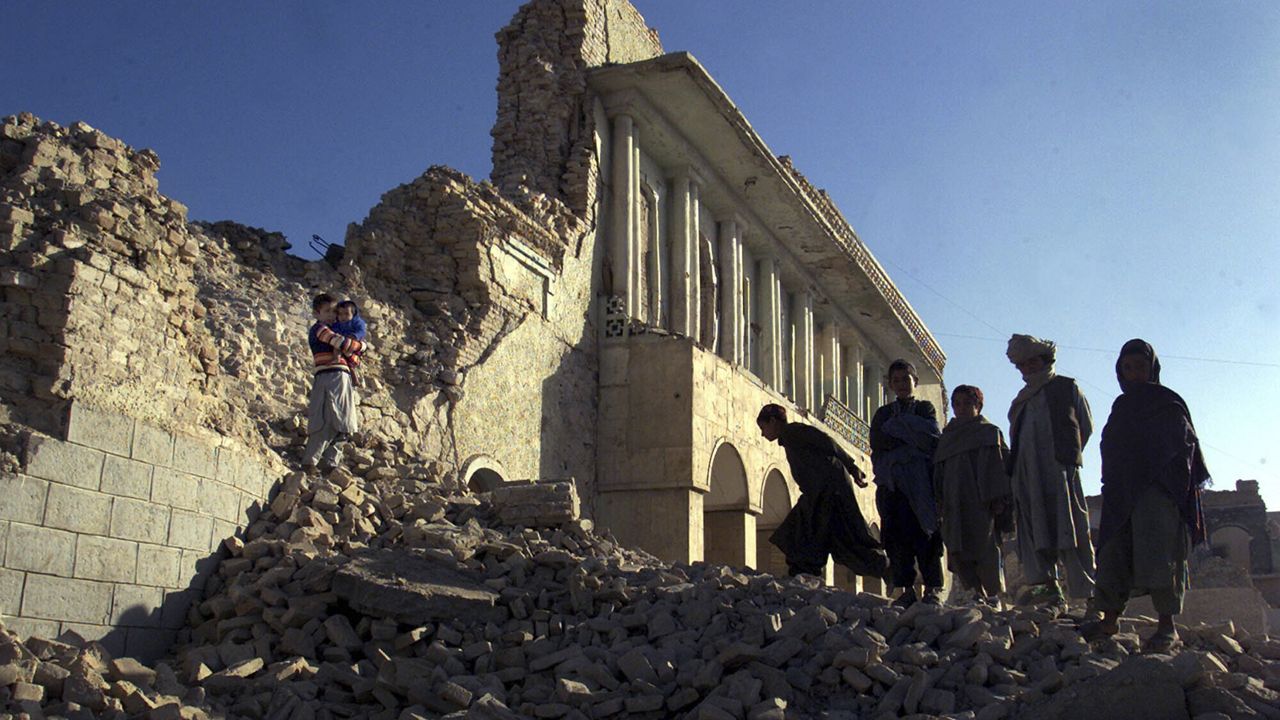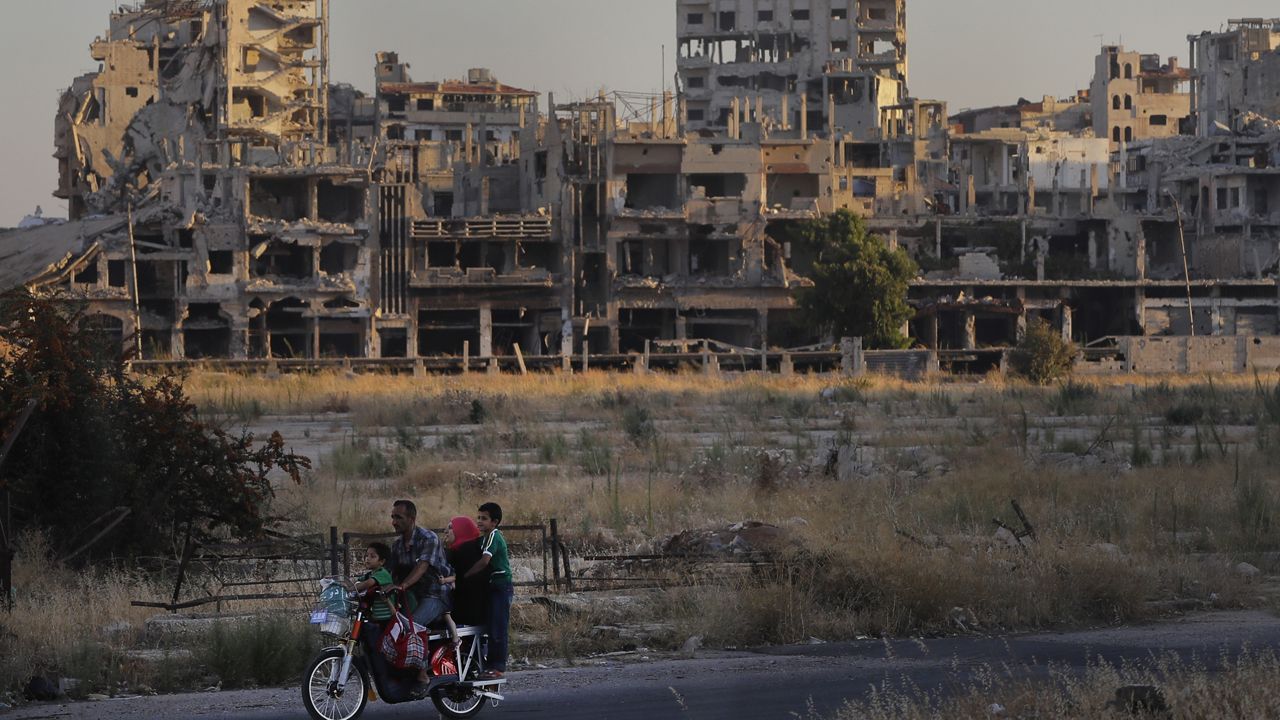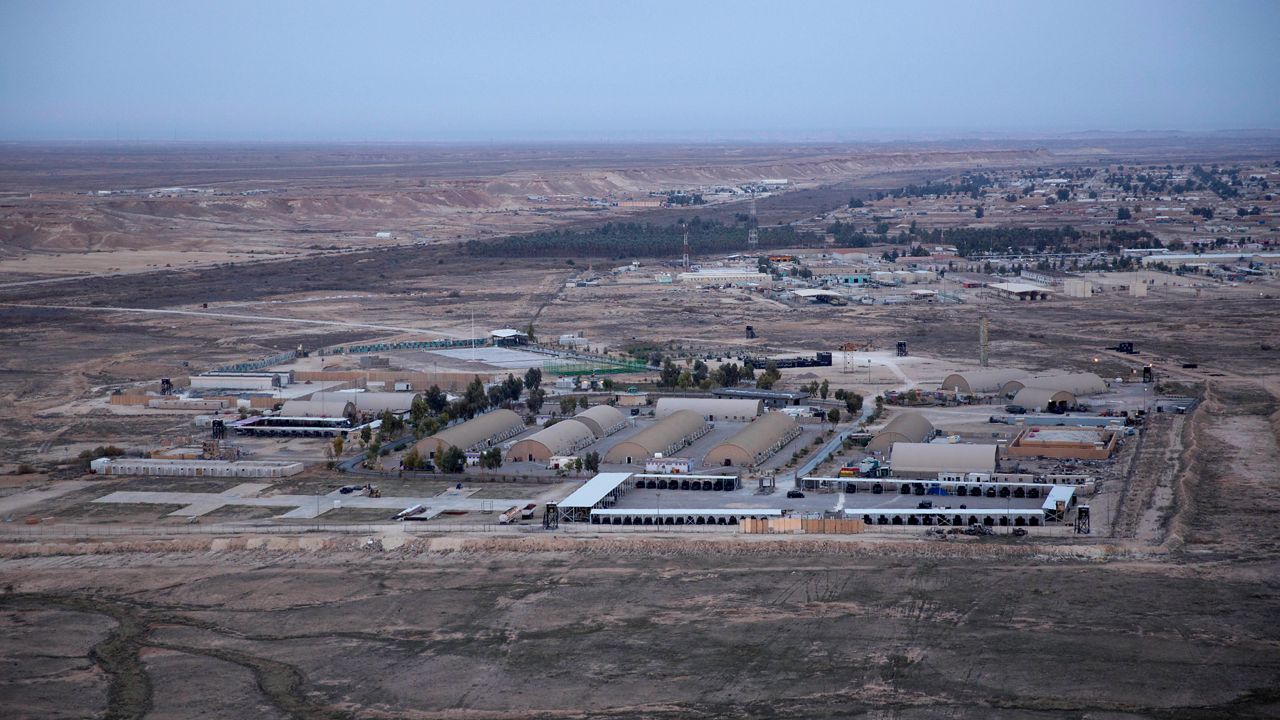At least 4.5 million people died in post-9/11 warzones, a number that continues to grow after more than two decades, according to a new report from Brown University.
The vast majority of those deaths, in the range of 3.6 to 3.7 million, can be accredited to “indirect deaths,” or non-combat deaths, researchers with the university's Costs of War project concluded.
Despite the staggering tally, those numbers are likely a significant undercount, the report, which is titled “How Death Outlives War," concludes.
What You Need To Know
- At least 4.5 million people died in post-9/11 warzones, a number that continues to grow after more than two decades, according to a new report from Brown University
- The vast majority of those deaths, to the tune of 3.6 to 3.7 million, can be accredited to “indirect deaths,” or non-combat deaths, researchers with the university's Costs of War project concluded
- Despite the staggering tally, those numbers are likely a significant undercount
- Across wars in Afghanistan, Iraq, Syria, Yemen and Libya, children — particularly those under five years old — are the most vulnerable to indirect deaths, typically from malnutrition and disease
“In a place like Afghanistan, the pressing question is whether any death can today be considered unrelated to war,” reads the report written by the project’s co-director, anthropologist Stephanie Savell. “Ultimately, the impacts of the ongoing violence are so vast and complex that they are unquantifiable.”
Across wars in Afghanistan, Iraq, Syria, Yemen and Libya, children — particularly those under five years old — are the most vulnerable to indirect deaths, typically from malnutrition and disease.
In Afghanistan alone, nearly half the population, 18.9 million people were “acutely food insecure” in 2022, including 3.9 million children who were “wasting,” or suffering severe physical consequences as a result of insufficient intake of essential nutrients, the report says, citing data from the United States’ watchdog Special Inspector General for Afghanistan Reconstruction.
“One million Afghan children are at risk of death,” Savell writes, adding more than 7.6 million children suffer from wasting across the five countries examined in the report. In Yemen, where the U.S.-aligned coalition led by Saudi Arabia has weaponized hunger against their enemies, more than “17.4 million Yemenis are food insecure and 7.3 million facing emergency levels of hunger.”
“Since the beginning of the war, an estimated 85,000 children under five may have died due to starvation,” in Yemen, she continues. The war there began in 2014, with U.S. involvement first publicly acknowledged in March 2015.
Loss of access to food and safe water was often the result of deliberate actions by warring factions, including the killings of civilian breadwinners and attacks on farms and livestock.
“In at least 21 incidents, U.S. drones or ground raids killed Yemeni civilians, many of them primary breadwinners,” Savell writes, referencing a 2017 airstrike that killed a 47-year-old father, whose income supported his eleven children, two wives, his brother’s children and his mother. “There have been similar consequences of U.S. airstrikes documented in Somalia, where bombs have damaged farms and livestock (there have been 237 U.S. strikes in Somalia since 2003).”
The U.S. military, Savell notes, has only admitted to the killing of one civilian by drone strikes in Yemen “and refused to pay compensation to the family members of the victim out of supposed fears that the money would end up in the hands of militant groups,” according to a report from a Yemeni human rights organization.
U.S. sanctions have also led to the deaths of hundreds of thousands of people in Somalia, including 133,000 children under five in just 18 months between 2010 and 2012, Savell argued She pointed to the decision by the U.S. and international groups to pull millions of dollars of humanitarian aid from the country in 2009 over concern it would end up in the hands of Al-Shabaab, the militant group that controlled vast swaths of the county and has been designated a terrorist group by the U.S.
Other major factors fueling indirect deaths include economic collapse, the destruction of public services and health infrastructure, environmental contamination, and reverberating trauma and violence, including child marriages.
“Whereas before Libya’s war, the country’s human development index was ranked the highest in Africa, the war disrupted healthcare and closed hospitals across the country. The war years brought about a large decrease in life expectancy (nine years for men and six for women), and infectious diseases such as tuberculosis surged.,” Savell wrote. “In the Libyan city of Sirte, a U.S. air campaign conducted around 500 strikes in just five months in 2016,” destroying the city’s main hospital and other health care facilities.
In Syria, government forces and other factions, including Russia and the United States, have destroyed health care facilities, including in the city of Raqqa in 2017 when U.S. airstrikes bombarded buildings full of civilians, including at least two dozen health facilities. The deadly effects, according to the report, reverberate from there.
“During a period in the Syrian war, ‘each attack on a healthcare facility corresponded to an estimated 260 reported civilian casualties in the same month,’ Savell wrote, quoting a 2019 study by University of California researchers.”This is evidence that each attack on a health facility — which are sometimes more easily counted than individuals — can lead to hundreds of indirect deaths.”
The U.S. wars in the Middle East, Central Asia and Africa in the decades since the 9/11 attacks cost the lives of over 7,000 U.S. troops and more than 8,000 private contractors, not counting the more than 30,000 suicides among U.S. service members and veterans of the post-9/11 wars.
Those deaths are but a fraction of Brown University researcher’s conservative estimate of indirect deaths caused by the conflicts, a true number which the world may never be able to precisely calculate.
“Information such as this can help inform global, regional, and local interventions to prevent further loss of life. It can also assist people and organizations in calling on their governments, including that of the United States, to alleviate human suffering resulting from the post-9/11 wars,” Savell concludes. “These wars are ongoing for millions around the world who are living with and dying from their effects. Reparations, though not easy or cheap, are imperative.”








